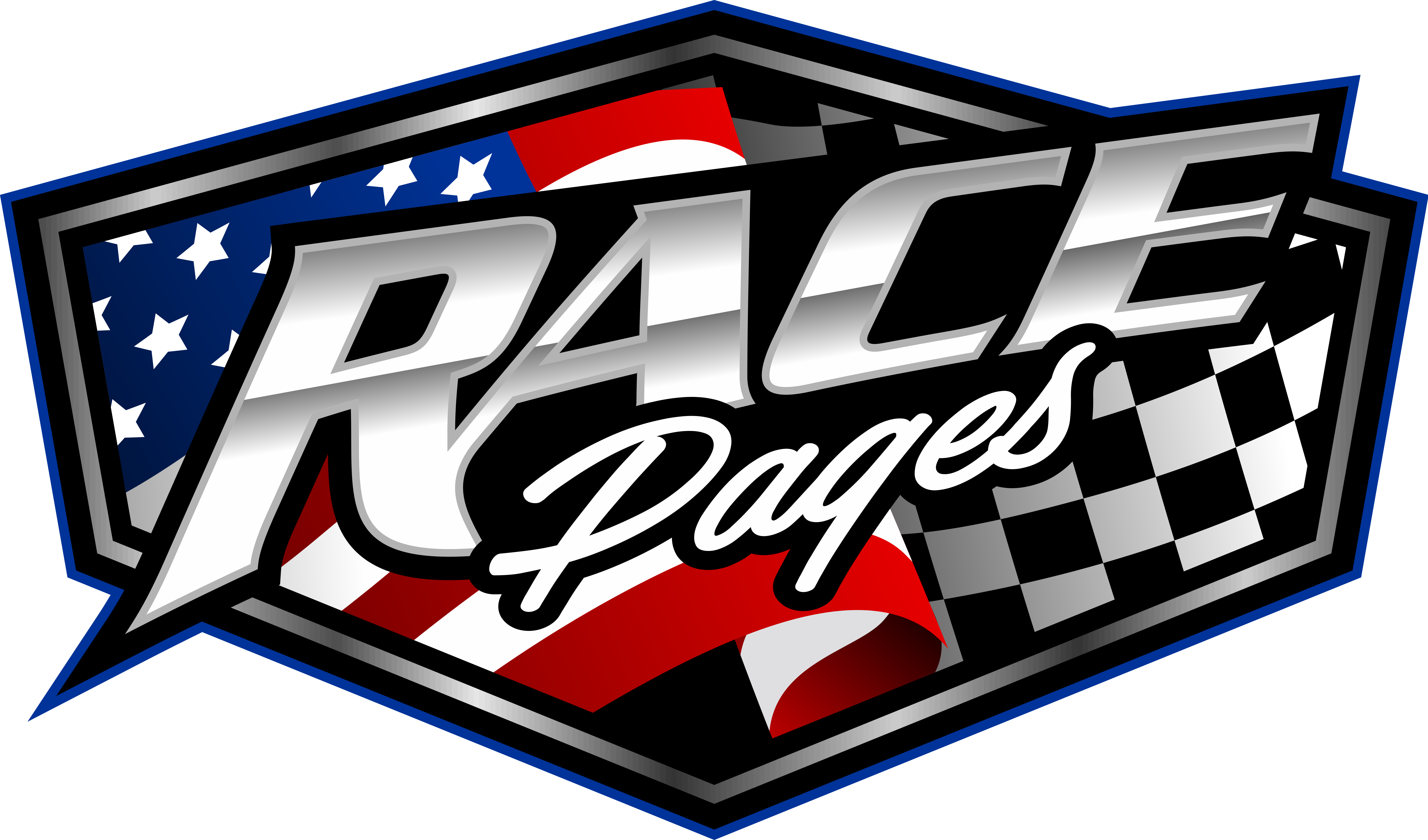If you’re a drag racing fan – and if you’re reading this, I’m assuming you are – I’m sure you heard about one of the “biggest announcements in NHRA history” last week at the Performance Racing Industry (PRI) show in Indianapolis.
Like many others, I was excited to see what the hype was about. I made my way to the NHRA stage with Drag Illustrated Editor-in-Chief Nate Van Wagnen Thursday morning for the 9 a.m. live announcement, joining an already large crowd.
However, anticipation quickly turned to disappointment once the announcement was made – Tony Stewart would be replacing his wife, Leah Pruett, as driver of the Tony Stewart Racing Top Fuel Dragster.
I couldn’t help but think, “That was it?” after listening to Stewart and Pruett’s interview with Brian Lohnes. While certainly big news, it didn’t seem to live up to the hype it had been given. It was a driver change – there were similar announcements throughout the weekend (Ida Zetterström, Buddy Hull, etc.), but with far less fanfare. Judging by the immediate reaction on social media, I wasn’t alone in my thinking.
But then something interesting happened. About an hour after returning to our booth, I pulled up ESPN on my phone – and right there on the main page was a story about Stewart joining the Top Fuel ranks. I couldn’t recall the last time I’d seen an NHRA story on the front of ESPN. It was most likely after Scott Kalitta’s fatal accident in 2008. Let that sink in. Unless there is a tragedy, major sports media outlets hardly acknowledge the NHRA exists.
Yet here was the “worldwide leader in sports,” sharing positive news about drag racing! And it wasn’t just ESPN, either. According to NHRA announcer Jason Galvin, the announcement was reported on a multitude of major outlets, including TMZ, Sports Illustrated, The Athletic, USA Today, and CBS Sports.
It occurred to me then that drag racing fans – myself included – have two issues that are potentially hindering the growth of the sport we love. The first is that we tend to live in a bubble. The announcement that morning wasn’t a big deal to me, so therefore it must not be a big deal at all. But the fact is, NHRA doesn’t need to sell me on anything – I’m going to follow the 2024 season whether there’s a huge announcement, an average announcement, or no announcement at all. What NHRA – and drag racing as a whole – needs to do is sell their product to individuals that aren’t fans at all yet. The only way to grow is to attract new spectators.
Consider this…NHRA has 1.7 million followers on Facebook. ESPN alone has 22 million followers. USA Today has 10 million, and TMZ has 7.8 million. And that doesn’t factor in the millions of followers from all the other outlets that shared the story. In the span of a few hours, drag racing’s outreach increased by over 50 million people. Despite what us diehards believe, that is a BIG deal.
The second issue – and once again, I’m guilty too – is that we tend to complain about everything, rather than see the good. We lament the fact that nitro cars only run 1,000 ft. instead of the quarter-mile, rather than applaud the crew chiefs that have figured out how to go just as fast as they did before, but with 320 less feet to work with. Instead of enjoying some of the closest, most competitive racing Pro Stock has ever seen, we complain that they’re nearly all Camaros. We go on social media tirades every time a track closes, but we fail to praise the new ones being built with the same fervor. And rather than get excited about one of the biggest names in all of motorsports joining NHRA’s premier class, we get upset because it’s not the news we were hoping for.
I’m not trying to convince anyone to be a fan of Tony Stewart. That is irrelevant. But there’s no denying the cachet his name brings to the sport. NHRA knew this and built the news up to be a big deal. In return, a plethora of major media outlets also saw it as a big deal and ran with it.
I can’t help but hope that this massive increase in exposure will lead to an influx of new people watching NHRA on television, or better yet, buying tickets to an event. Better ratings can lead to better TV coverage. More ticket sales can lead to increased payouts. A growing fanbase could perhaps even trickle down to the lower ranks, sparking attendance and participation at local tracks, hopefully leading to fewer closures. Isn’t that what we all want?
Maybe all that is a pipe dream. Maybe none of it will happen. Maybe it was simply an overhyped announcement. But I’m making the choice to see past my own initial disappointment; to look at the big picture, and remain positive about the future of the sport I love. I hope you all will too.
The post Op-Ed: Why the ‘Biggest Announcement in NHRA History’ Should Be Seen as a Positive for the Sport first appeared on Drag Illustrated | Drag Racing News, Opinion, Interviews, Photos, Videos and More.
